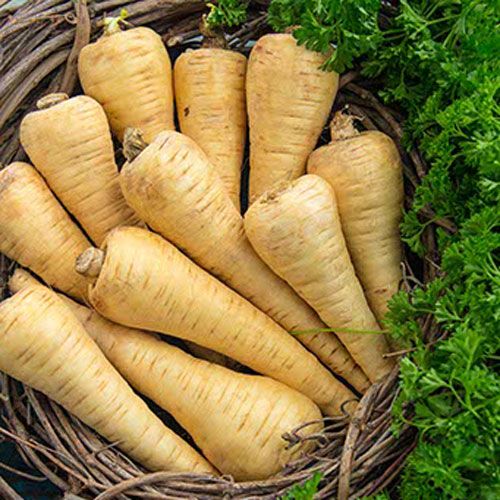
Getting to Know You- Nutritionally
Even the most vegetable loving, tree hugging adults make a horrific face when you tell them that rutabagas are on the menu for the evening. Or mention that the unusual kick they are tasting in their pita wrap is pickled turnips. Or that delicious white vegetable in their stew isn’t a white carrot- it’s a parsnip. Perhaps part of our general avoidance and dislike of this cold-weather trio is a lack of exposure, or perhaps the issue lies in how many of us have access to the most popular vegetables year-round, instead of having to eat what we can harvest. Turnips, rutabaga, and parsnips all sweeten and mature after the frost, historically making them a staple crop for those in Northern climates. And with more and more gardeners making mini-homesteads and growing their own produce, perhaps it’s time for these three vegetables to make a comeback.
The first step in bringing back these classic winter vegetables? Let’s appeal to your brain and break down the nutritional value- and why you need those nutrients.
This root is a treasure trove of nutrients. Packed with thiamin, B6, folate, calcium, magnesium, and phosphorus, rutabaga is an ideal choice for vegans. Most people rely on meat products to get an adequate amount of phosphorus in their diet- something that the rutabaga happens to be high in. Phosphorus is essential in the formation of bones and teeth and also helps the body make ATP, a molecule the body uses to store energy. Try our Laurentian Rutabaga for an easy-to-grow “purple top” varieties.

Not to be outdone by the rutabaga, turnips are also high in phosphorus- along with vitamin B6, calcium, and manganese. Manganese is key for nervous system function and also is important for the production of enzymes and antioxidants. And it’s another good source of calcium, so instead of insisting kids drink their milk, we can say “Eat your turnips!” (although that is likely not going to go over as well).
Also high in manganese, parsnips boast high levels of vitamins C and K, folate, and potassium. Potassium, helps regulate fluid and mineral balances in the body, helps muscles contract, and also helps maintain a normal blood pressure by regulating sodium. For the athletes among us, Parsnips are a great addition to your diet and can help cut down on how many potassium-packed bananas you eat.
Coming up:
Obviously these winter-ready root vegetables have fantastic nutrition value. So our head knows, for certain, that we should be eating them. But most of us have a faint memory of boiled and mashed turnips somewhere from our childhood that has us putting down the seed packets and backing slowly away from the thought of planting these vegetables. What’s a gardening girl got to do to convince you to try them out? Next time- I’m going to appeal to your taste buds.

